60-day returns • free shipping on USA orders $129+
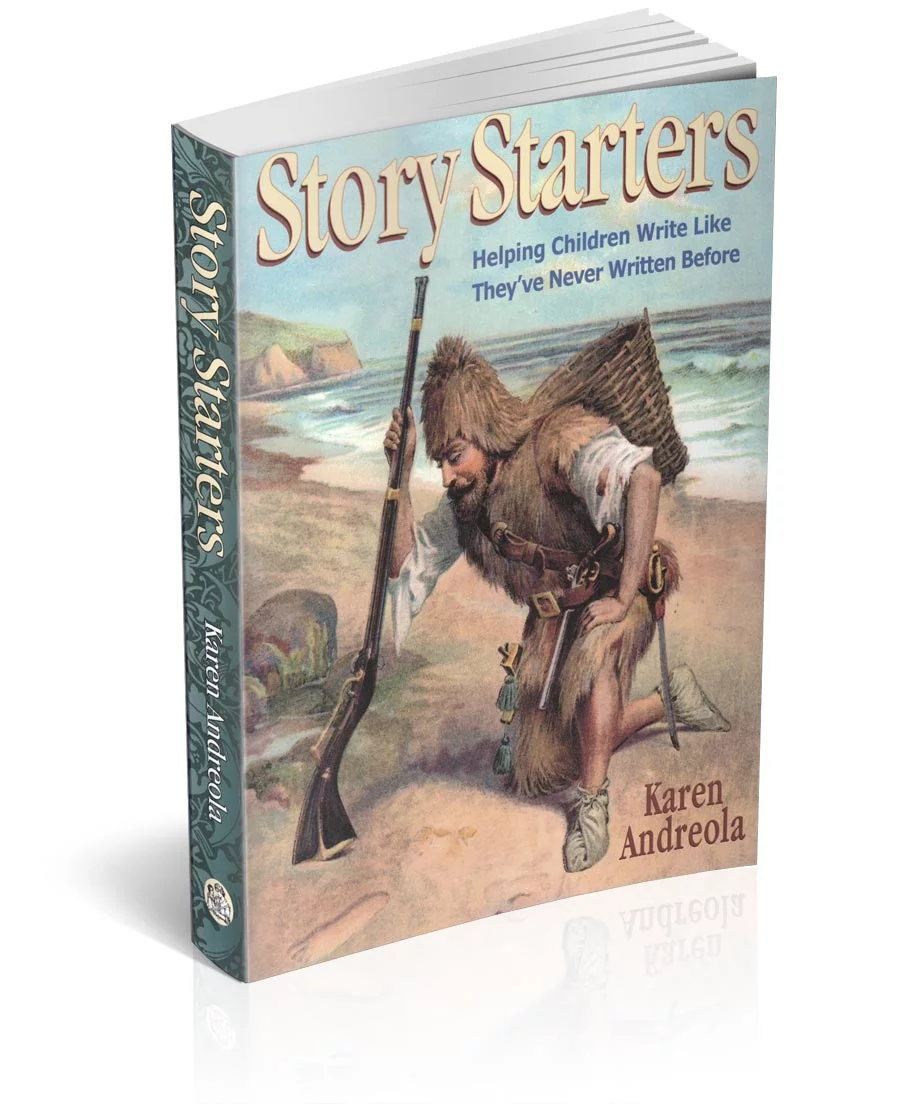

Story Starters
$34.95
Expand your child’s literary powers with the practice of creative narration. Here is your child’s opportunity to rescue those in danger, comfort the sick, cheer the lonely, laugh with the ridiculous, tame the wild, and do battle for good. A story starter suspends a student in the middle of a predicament. He is then faced with the question, “What happens next?” This is his cue to expand and embellish the story however he wishes. He learns to write freely, with imagination and zest. The action-packed stories are especially appealing to boys. To spark even more curiosity, each story is illustrated with engaging 19th century pictures. See full description
In stock
Product Description
from the Author
“I’d like my child to do more writing.”
“I have a difficult time getting two sentences out of him.”
“I’d like my student to have a greater range of writing experience.”
Perhaps one of these mirrors your personal experience and that’s why this book has caught your eye.
Parents have asked me, “How do I get my child to write?”
“With narration,” I reply. Then, I briefly explain the method of narration. I encourage home teachers to read aloud to their children, and then to request that the children tell, in their own words, what was just read to them. It’s that simple. “At the heart of writing is the ability to tell – the ability to narrate,” I share with them.
“If we would believe it, composition is as natural as jumping and running to children who have been allowed due use of books.” Charlotte Mason
Creative Narration
Books of quality will be the main source of a young child’s composition. By putting what is read in his own words through narration, he is learning, from the authors of these books, how to use words. He is developing writing skills naturally, without even being conscious of it.
With all this reading and retelling going on, it isn’t difficult to switch gears to make room for creative telling rather than re-telling. While a child’s “imagination muscles” do develop by narrating from books, these and other intellectual abilities also grow as they are used in a more playful way with creative narration.
What Happens Next?
Instead of expecting a child to compose “from scratch” by supplying him with only a topic, a task even the average adult finds daunting, we can kindle in him a keenness to write with unfinished story. This draws him into a colorful situation. Some stories plunge him into a predicament that holds him in suspense. Upon the invitation, “What happens next?” the child then springs forth to enhance and embellish the story as much as he wants.
Writing with Feeling
Many of my story starters present an exciting situation that boys will like. Others are sweet and calm. Whichever ones you choose, let the first draft be as rough as necessary as the children express their ideas and impressions. They are encouraged to write with boldness, with zest, with gusto, and with far less restraint then they may be used to.
In the student’s pep talk I tell him that the rooms are set with people, birds, and animals (there are a good many horses) that find themselves in situations that are sometimes intense, sometimes funny, sometimes calm or humorous, but always posing a challenge. I say, “You choose which rooms to enter. You offer the solutions. You make the characters speak. You rescue those in danger, comfort the sick, cheer the lonely, laugh with the ridiculous, tame the wild, do battle for good.”
Stories of Virtue
“A person’s worldview almost always shows through in his creative output.” Francis Schaeffer
A host of biblical values are embodied in my stories. They are a mix of kind gestures and heroic deeds. Many characters willingly step out of their comfort zones to perform self-denying acts of bravery. Overall, the characters care about the welfare of others. In these stories, you will find correction and forgiveness, patience and gratitude, resourcefulness and responsibility, admiration and respect. You will discover friendship, love, and humor as well. Good stories show us what virtue looks like.
Worth a Thousand Words
With Story Starters a student’s imagination is also sparked by my collection of antique pictures. Years of research and discrimination have gone into providing morally uplifting, exciting, or humorous illustrations that form the basis of my stories. If it is true that a good picture is worth a thousand words, then let the pictures be translated into the words of a child whose interest and imagination have been sparked by it.
New Attitude
May your student discover that yes, he can write—and even like what he writes. My hope is that Story Starters will foster a positive attitude toward writing in general so that a newfound confidence will carry over to other writing aspects of his schoolwork.
Hints for Polishing
I instruct the student how to improve his rough draft “on second thought.” For instance, where can he add more descriptive vocabulary or sensory language? Can he use a vivid verb in place of a general one? A handful of lessons give students practice with the basic elements of short story writing.
Story Starters is a one-book-per-family, non-consumable, lavishly illustrated, supplementary English course. I explain how to use the story starters with four levels of ability, making it useful for grades 4 through 12—but younger siblings can take part, too.
Additional Information
| ||||||||||
| Dimensions | ||||||||||
|---|---|---|---|---|---|---|---|---|---|---|
| ||||||||||
If you have a question, contact us and we will be happy to help.
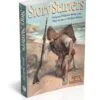

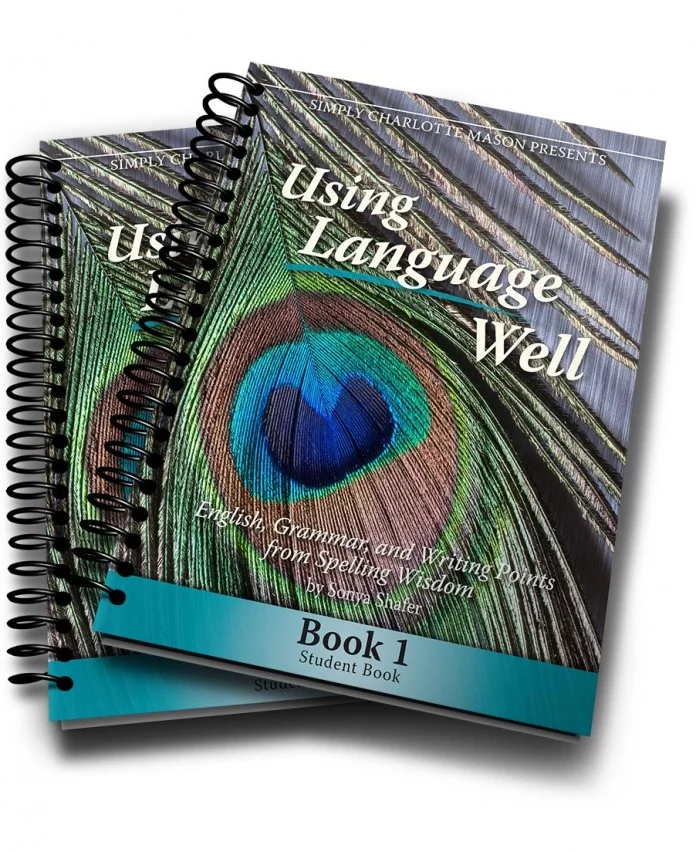
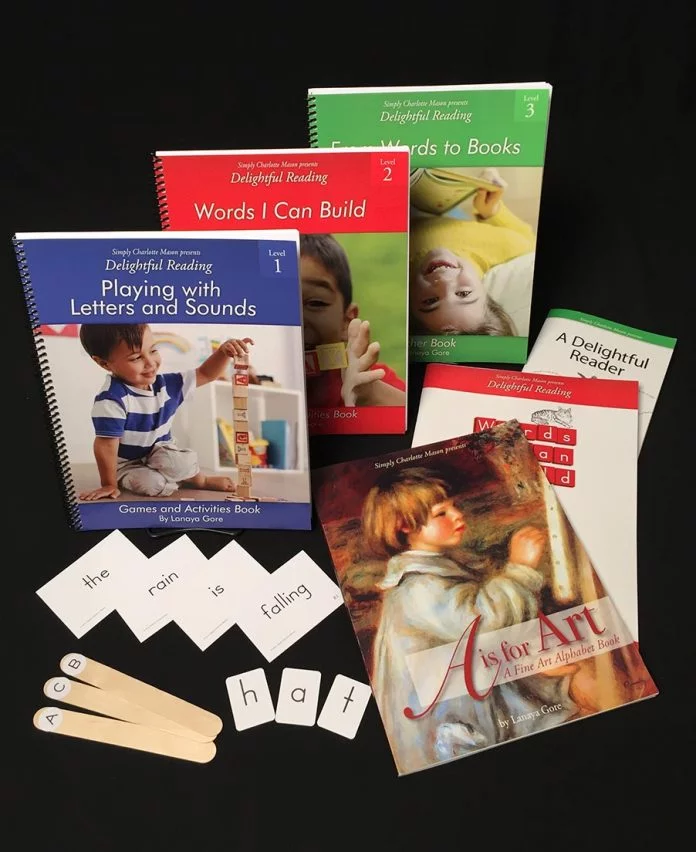
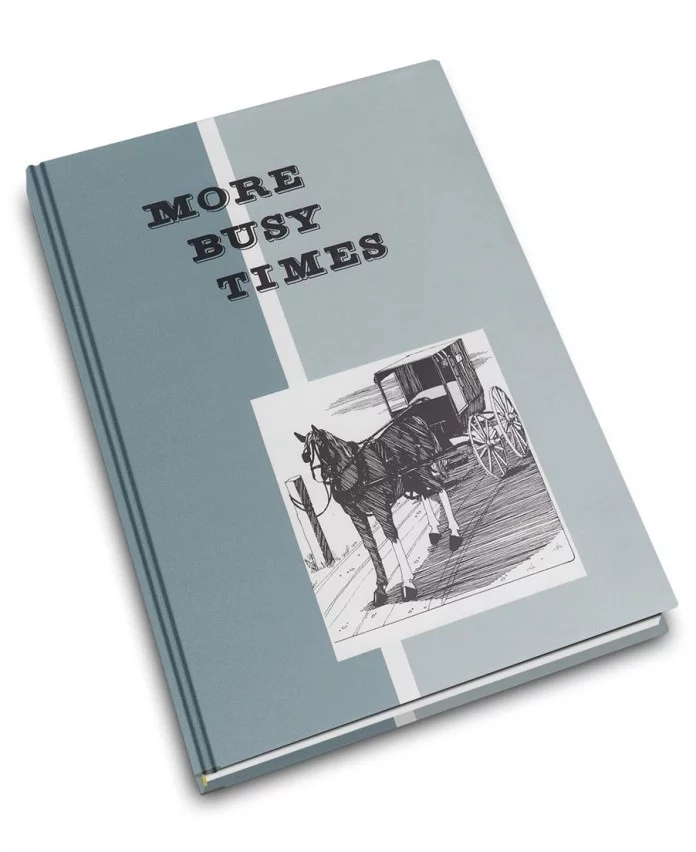
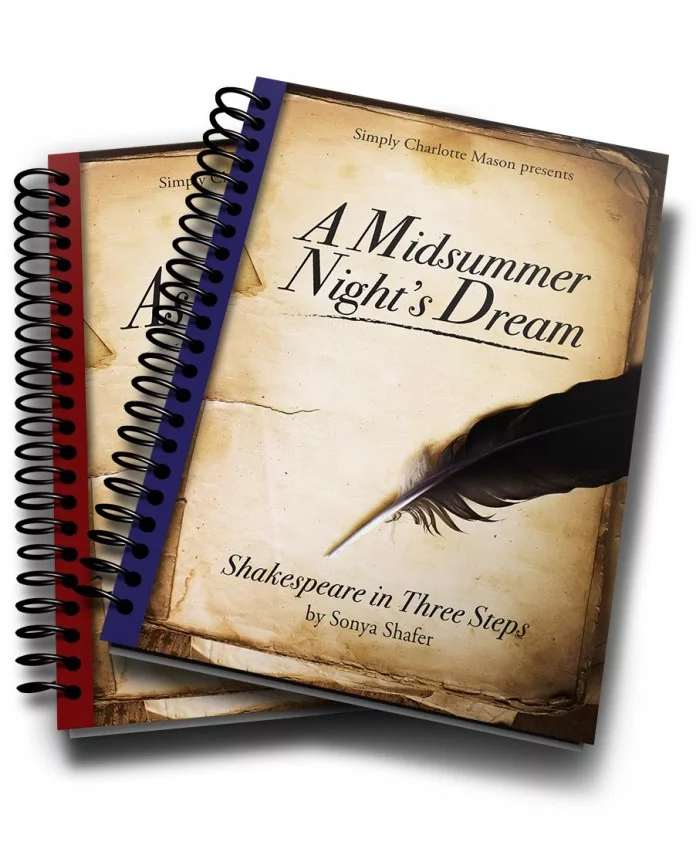
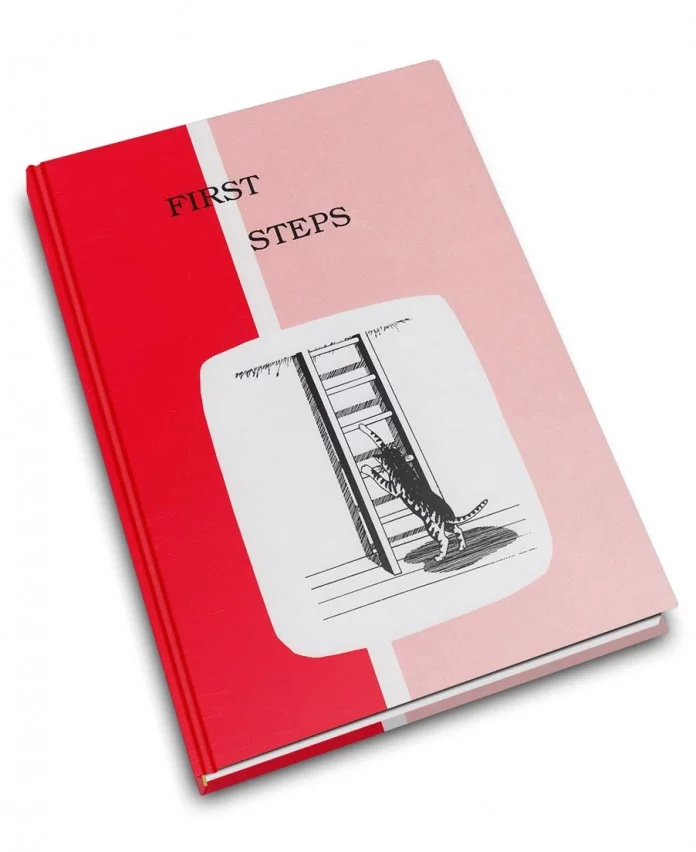
Reviews
There are no reviews yet.